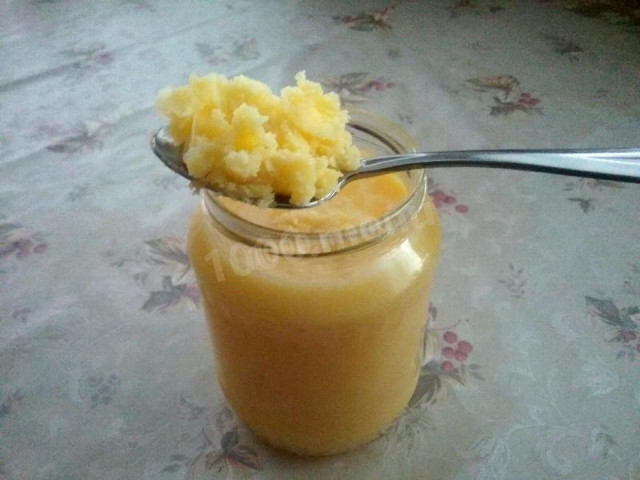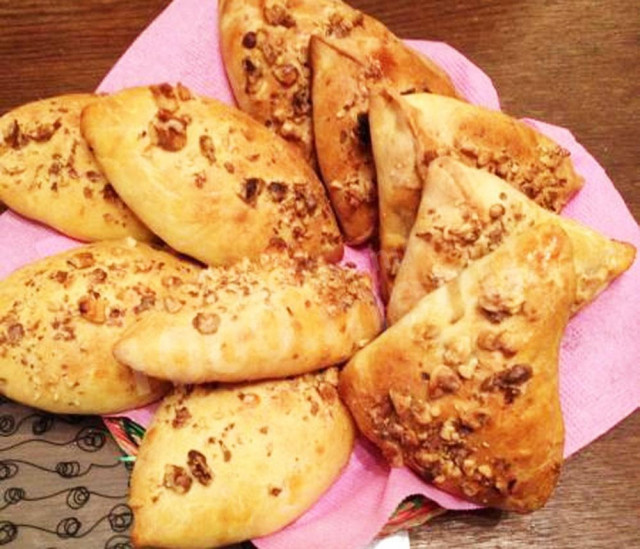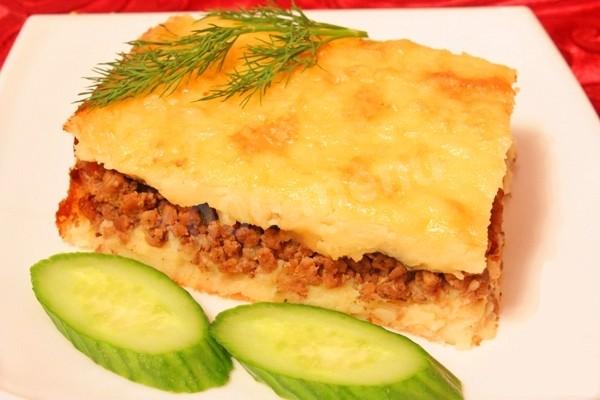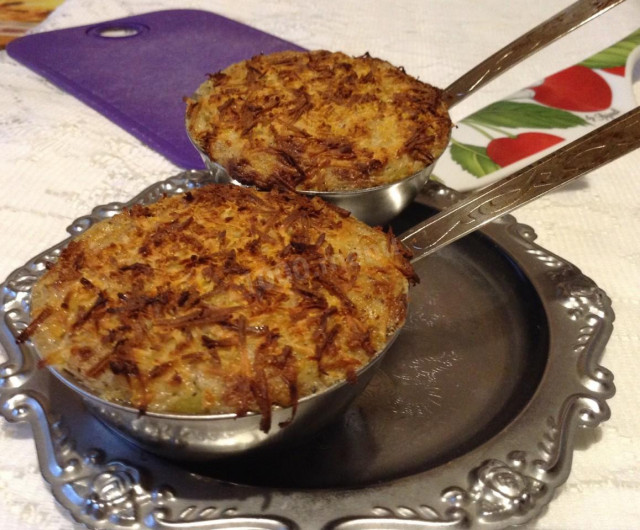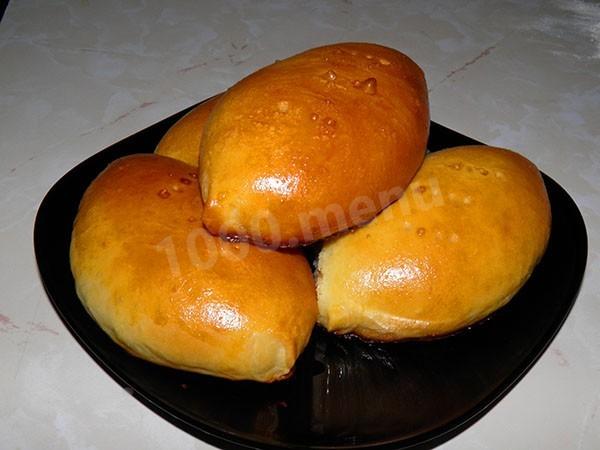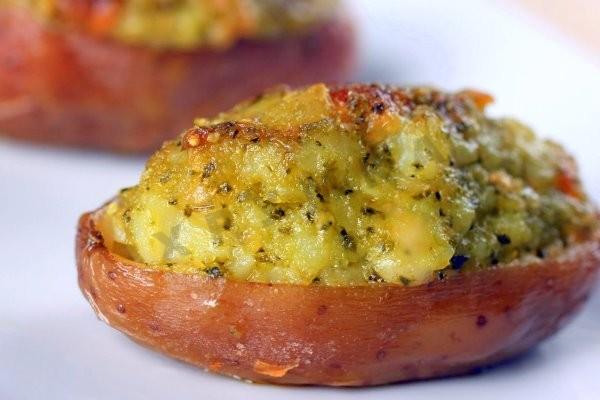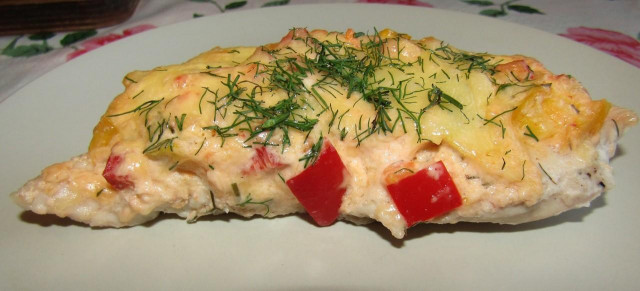Composition / ingredients
Step-by-step cooking
Step 1:
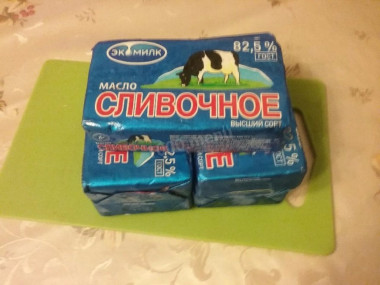
Butter must be of high quality, without additives, with a fat content of at least 82.5%
Step 2:
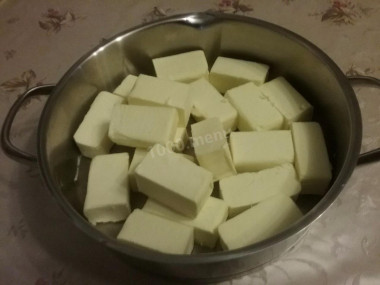
Take a thick-walled pan with a thickened bottom. Cut the butter into pieces of 50-100 gr.
Step 3:
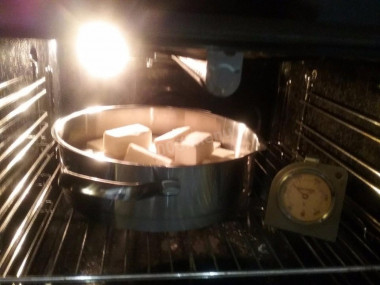
Preheat the oven to 150 ° C and put a pan of oil there. Let the butter be heated and slowly cleaned in the oven, uncovered and without stirring, until it turns into pure, amber-golden Ghee ghee, with a hard thin crust on the surface and with a mass of light golden precipitation on the bottom.
Step 4:
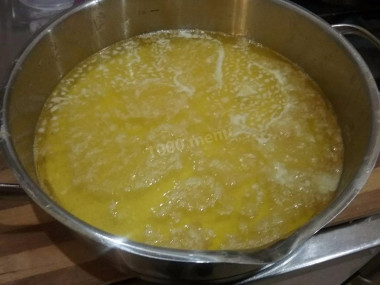
After about an hour and a half, remove the pan with oil from the oven
Step 5:
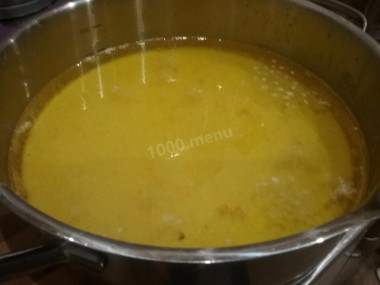
Remove the golden foam. Let the oil cool down, otherwise the boiling oil may burst the jar into which we will pour it
Step 6:
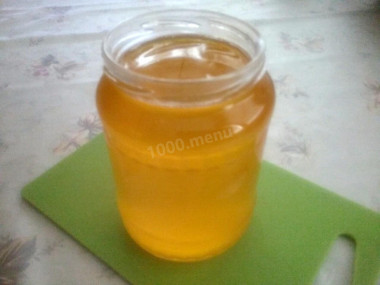
Drain the transparent melted butter through a colander or sieve, covered with a linen towel or four-layer gauze. Pour as much oil as possible without disturbing the precipitation. Precipitation can be used for baking, put in porridge... Adherents of a healthy diet do not use them for food. Me too
This is the best method for making ghee. Since in this case the heat surrounds the dishes with oil from all sides, and not just at the bottom, the Ghee is cooked, although slowly, but almost without interference from your side. The surface of the oil will be tightened by a crust, and the solid particles will settle to the bottom of the pan and become soft, slightly gelatinous.
Caloric content of the products possible in the composition of the dish
- Butter 82% - 734 kcal/100g
- Amateur unsalted butter - 709 kcal/100g
- Unsalted peasant butter - 661 kcal/100g
- Peasant salted butter - 652 kcal/100g
- Melted butter - 869 kcal/100g

